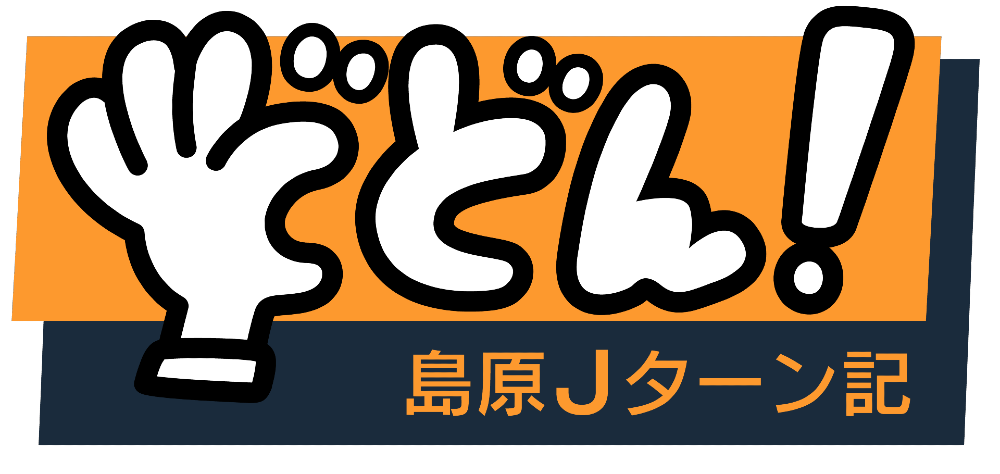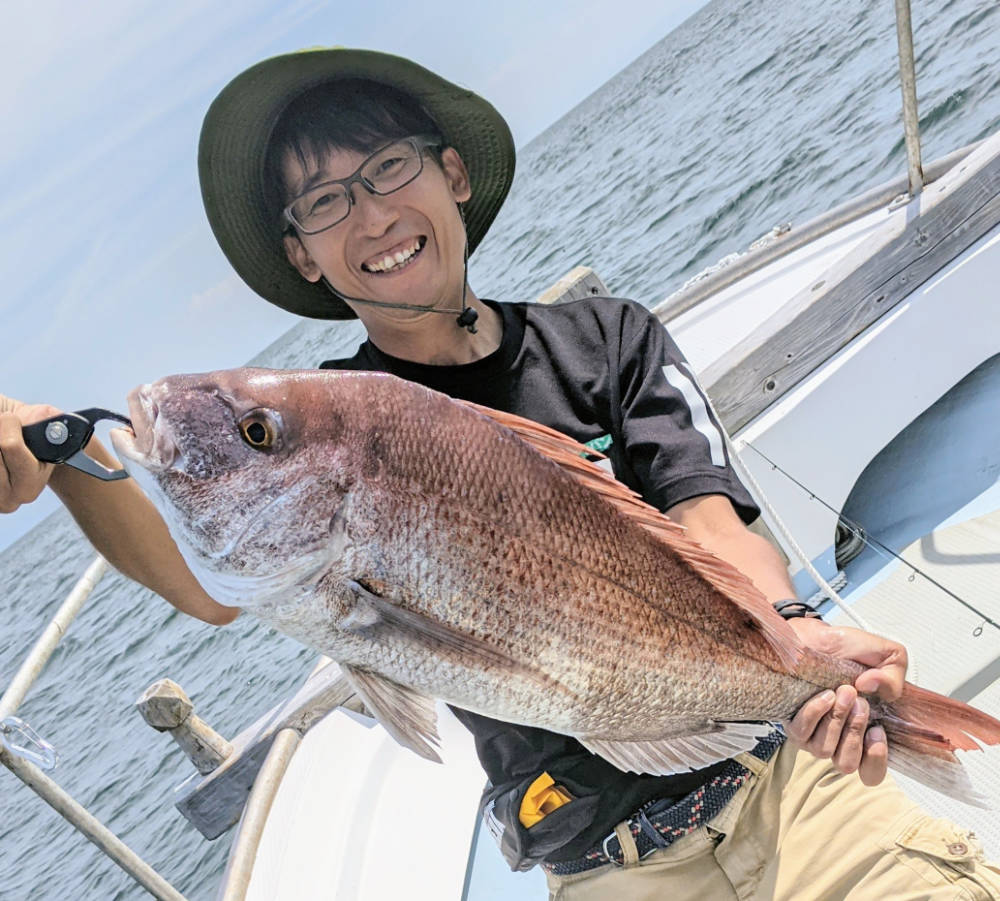![Shimabara Catholic Pilgrimage[nagasaki]](https://dodon-shimabara.com/wp-content/uploads/2023/10/4190873_s.jpg)
Shimabara Peninsula and Catholic history
The Shimabara Peninsula is an area that has played an important role in the history of Christianity.
Currently, many Christian-related historical sites and cultural assets remain on the Shimabara Peninsula, including the Cathedral of the Assumption of the Virgin Mary, which is used to mourn the victims of the Shimabara Rebellion.
A brief summary of the history of the Shimabara Peninsula and Catholicism is as follows.
16th century: Christianity comes to the Shimabara Peninsula, and many people convert.
17th century: The Shogunate banned Christianity, and Christians were persecuted on the Shimabara Peninsula.
1637: The Shimabara Rebellion occurs. The Shimabara Rebellion was seen as a rebellion by Christians, and the shogunate harshly suppressed it.
20th century: Christianity takes root again on the Shimabara Peninsula.
The Shimabara Peninsula is an area that has played an important role in the history of Christianity, and is still a sacred place visited by many people.

The Shimabara Rebellion was a major peasant uprising in Japan in 1637. It was led by a group of Christian peasants who were tired of the harsh treatment they received from their feudal lords.
The rebellion began in the Shimabara Peninsula, which was ruled by the Matsukura clan. The Matsukura clan was known for its harsh rule, and the peasants were forced to pay high taxes and were often subjected to physical abuse.
In 1637, a group of Christian peasants led by Amakusa Shiro Tokisada, a young man who was said to be a descendant of the Amakusa clan, rose up against the Matsukura clan. The peasants quickly gained the support of other peasants in the region, and the rebellion quickly spread to the neighboring islands of Amakusa.
The rebellion lasted for six months, and it was eventually crushed by the Tokugawa shogunate. However, the rebellion had a significant impact on Japanese history. It led to the Tokugawa shogunate tightening its control over the country, and it also led to the persecution of Christians in Japan.
Shimabara Castle
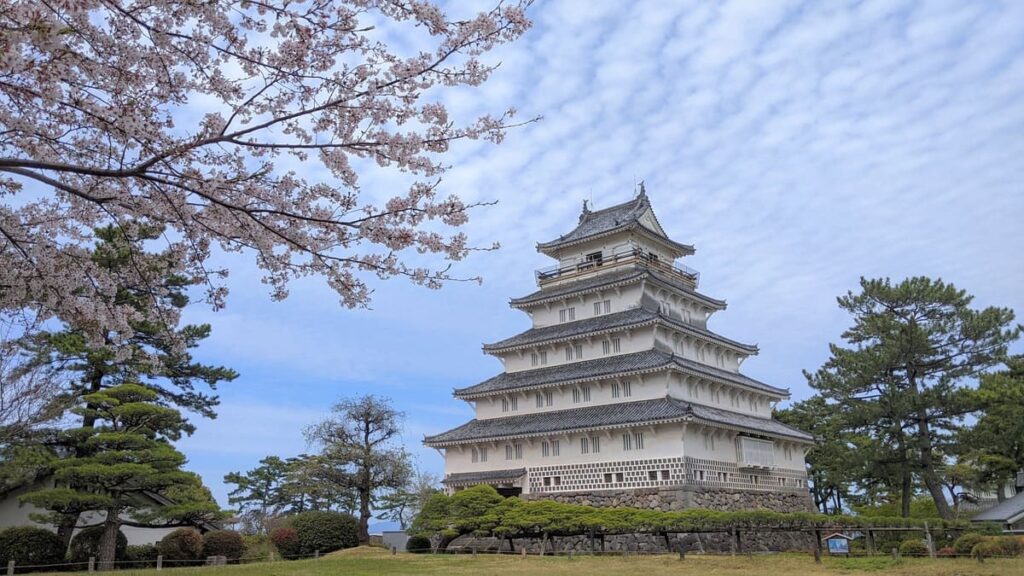
Shimabara Castle was one of the locations where this uprising took place. Exhibits inside the castle explain the outline and progress of the Shimabara-Amakusa Uprising, as well as the Battle of Shimabara Castle, using materials and videos.
It introduces the Christian culture of the Shimabara Peninsula centered around the Christian daimyo Harunobu Arima, who was the feudal lord, and the era of severe Christian oppression, including maps of the Shimabara Rebellion, which shook the entire country, and handmade spears.
| Location | 1-1183-1 Jonai, Shimabara City, Nagasaki Prefecture Find directions with Google Maps |
|---|---|
| Opening hours | 9:00~17:30 (Admission is until 17:00) |
| closing day | No holidays |
| Admission fee | Adults: 700 yen / Elementary, junior high and high school students: 350 yen Groups of 15 or more…Adults: 440 yen / Elementary, junior high and high school students: 220 yen Discount for persons with disabilities… Adults: 440 yen / Elementary, junior high and high school students: 220 yen The amount is Price includes tax. The admission fee is the same for the three buildings: the castle tower, the Tourism Reconstruction Memorial Hall, and the Seibo Memorial Hall. |
| parking | Capacity for approximately 90 vehicles: General vehicle: 500 yen / Small bus: 750 yen / Large bus: 1,500 yen / Motorcycle: 200 yen Prices include tax. |
Unzen Jigoku
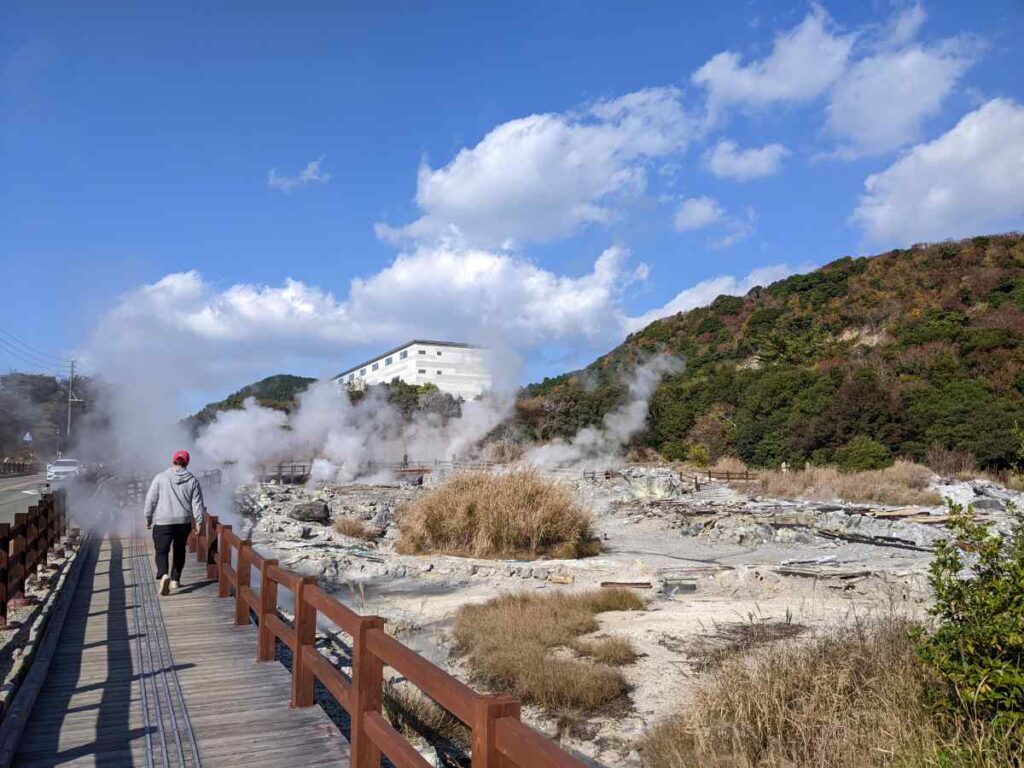
Unzen is a hot spring area that is visited by many domestic tourists. Jigoku means hell. However, what is more famous than the hot springs is the Christian martyrdom at Unzen Jigoku.
When Japan was implementing a policy of banning Christianity, Shigemasa Matsukura, the lord of the Shimabara domain, actively suppressed Christians to show excessive loyalty to the shogunate.
As a result, Unzen Jigoku became a major execution site for Christians. Christians captured in Nagasaki were sent to Unzen Jigoku, where they were subjected to various tortures.
However, it seems that very few of them apostatized, and they were sent back to Nagasaki and executed there. In the end, it is said that the torture of Christians in Unzen Jigoku ended in 1631.
At Unzen Jigoku, there is a monument honoring the 33 people who were martyred here. In 2007, 29 people who were martyred in Unzen Jigoku (including three of Paul Uchibori's sons) were recognized as beatified by the Holy See.
Hara castle ruins
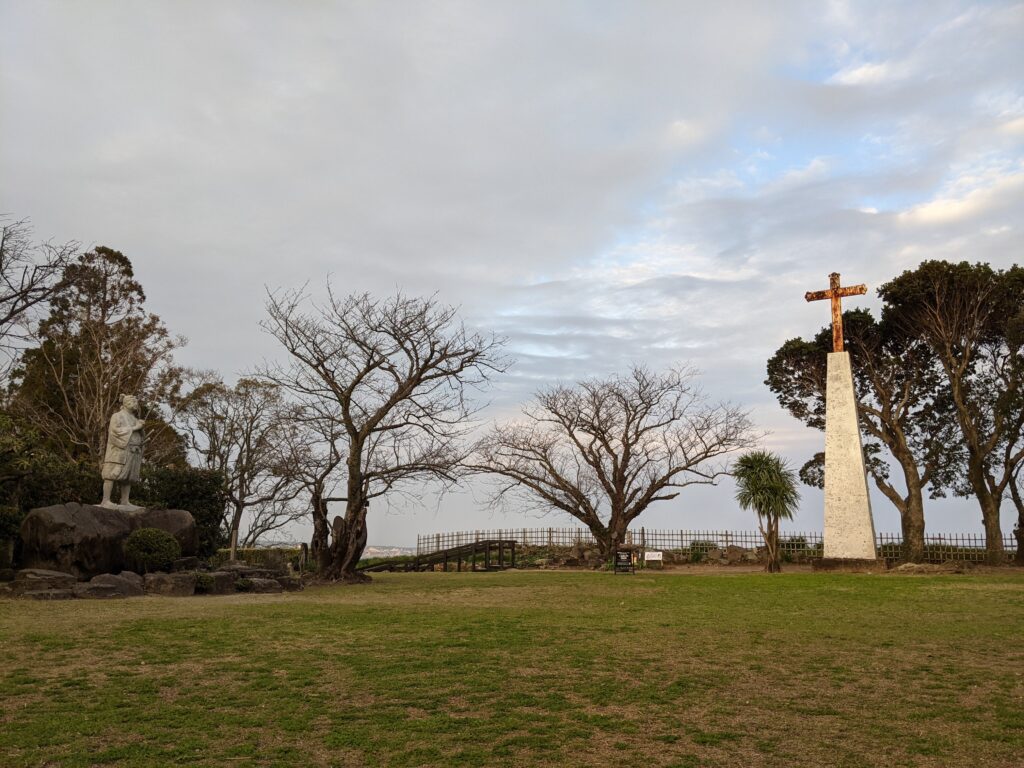
Hara Castle Ruins is a castle ruin located in Minamishimabara City, Nagasaki Prefecture. It was built by the Arima clan during the Sengoku period and became the stage for the Shimabara Rebellion that broke out in 1637.
The uprising army fought against the shogunate army for about three months using Hara Castle as their base. However, it was unable to withstand the onslaught of the Shogunate army and fell to the ground in 1638. It is said that about 27,000 of the 37,000 uprising troops died in this battle.
The commander-in-chief of the uprising army was a man named Shiro Amakusa. Although he was only 16 years old, he led a group of 37,000 people in battle against the Shogunate army, and his charisma and bravery earned him the respect of many people as a ``messenger of heaven.''
There are many legends surrounding Amakusa Shiro. One of the stories is that he walked on the sea. It's a legend reminiscent of Moses.
After the uprising, Hara Castle was completely destroyed and became an abandoned castle. After that, the castle ruins remained in ruins for a long time, but excavations have been carried out in recent years, and their appearance is gradually becoming clearer.
In July 2018, the Hara Castle Ruins was registered as a World Heritage Site as one of the constituent assets of "Hidden Christian Sites in the Nagasaki and Amakusa Regions."
St. Mary Kannon of Hara Castle
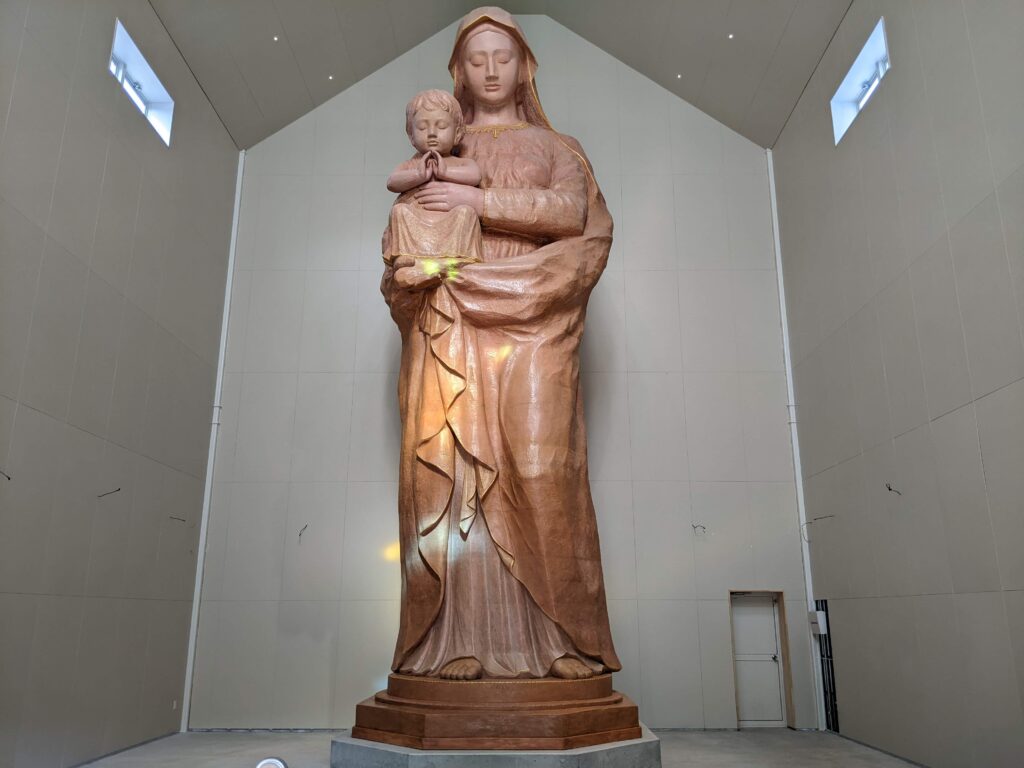
Hara Castle St. Mary Kannon is located in Minamishimabara City, Nagasaki Prefecture.
*Please note that this is located in a different location from the Hara Castle Ruins.
This 10-meter-tall wooden statue of Mary was created by author Eiji Oyamatsu over 40 years. It was built to commemorate the spirits of those who died in the Shimabara-Amakusa Uprising in 1637.
You can feel the love of Our Lady as you watch her pray.
The days and times you can visit vary depending on the month, so please check the website in advance.
Shimabara Catholic Church
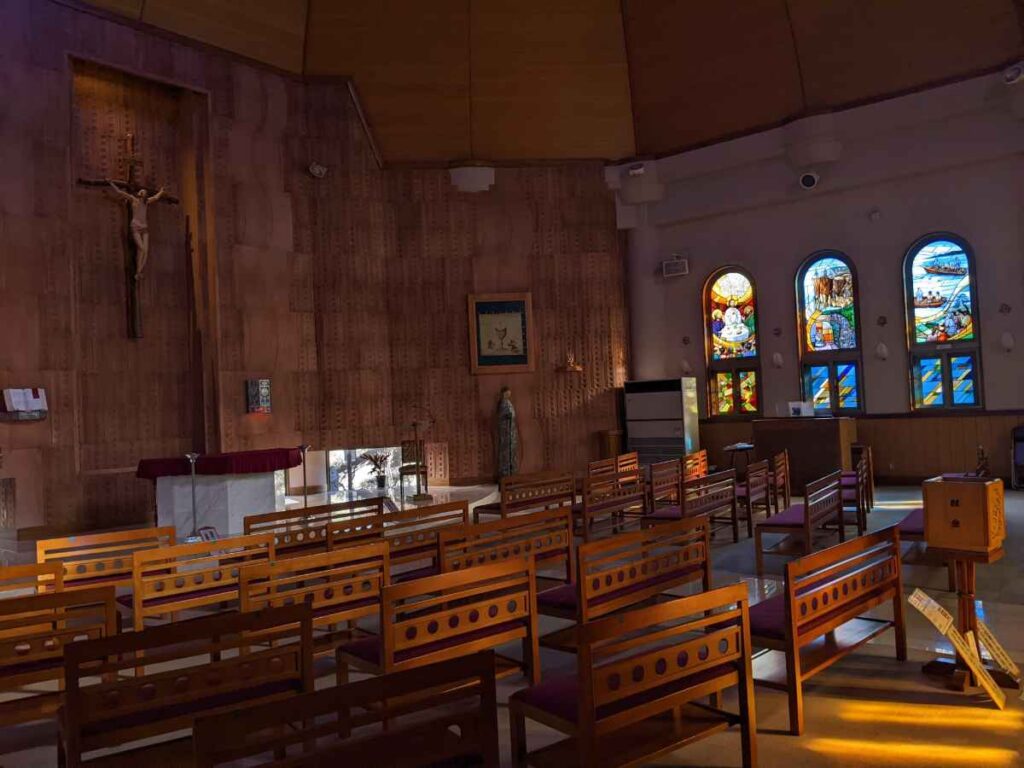
From around 1902, missionary work on the Shimabara Peninsula resumed. Shimabara Church is a Catholic church in Shimabara City that has been around since 1932.
In 1953, it was moved to its current location. The octagonal shape of the Shimabara Peninsula Martyrs Memorial Cathedral means that human life lasts for seven days, and as the saying goes, "Now after the eighth day…Jesus came and stood in the midst" (John 20.26). , the 8th day is said to originate from the date that symbolically represents the new day of resurrection given by God.
It was also conceived based on the fact that God's creation written in the Book of Genesis is called ''creation on the eighth day,'' and the eight true teachings of happiness.''
The reliefs on the walls of the chancel depict the river and the rosary as symbols of life, and you can see the beautiful stained glass windows.
Unzen Catholic Church
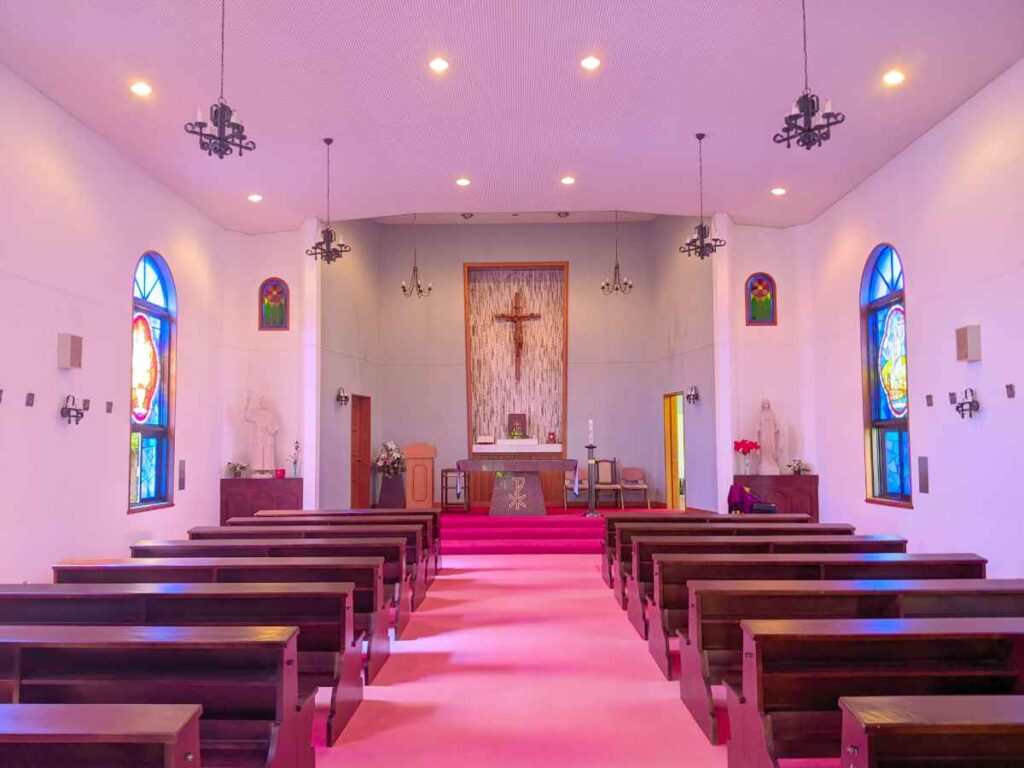
This Catholic Unzen Church was built to commemorate the Pope's visit to Nagasaki in 1981 to honor the martyrs.
It is located near Unzen Jigoku, where many people were martyred.
